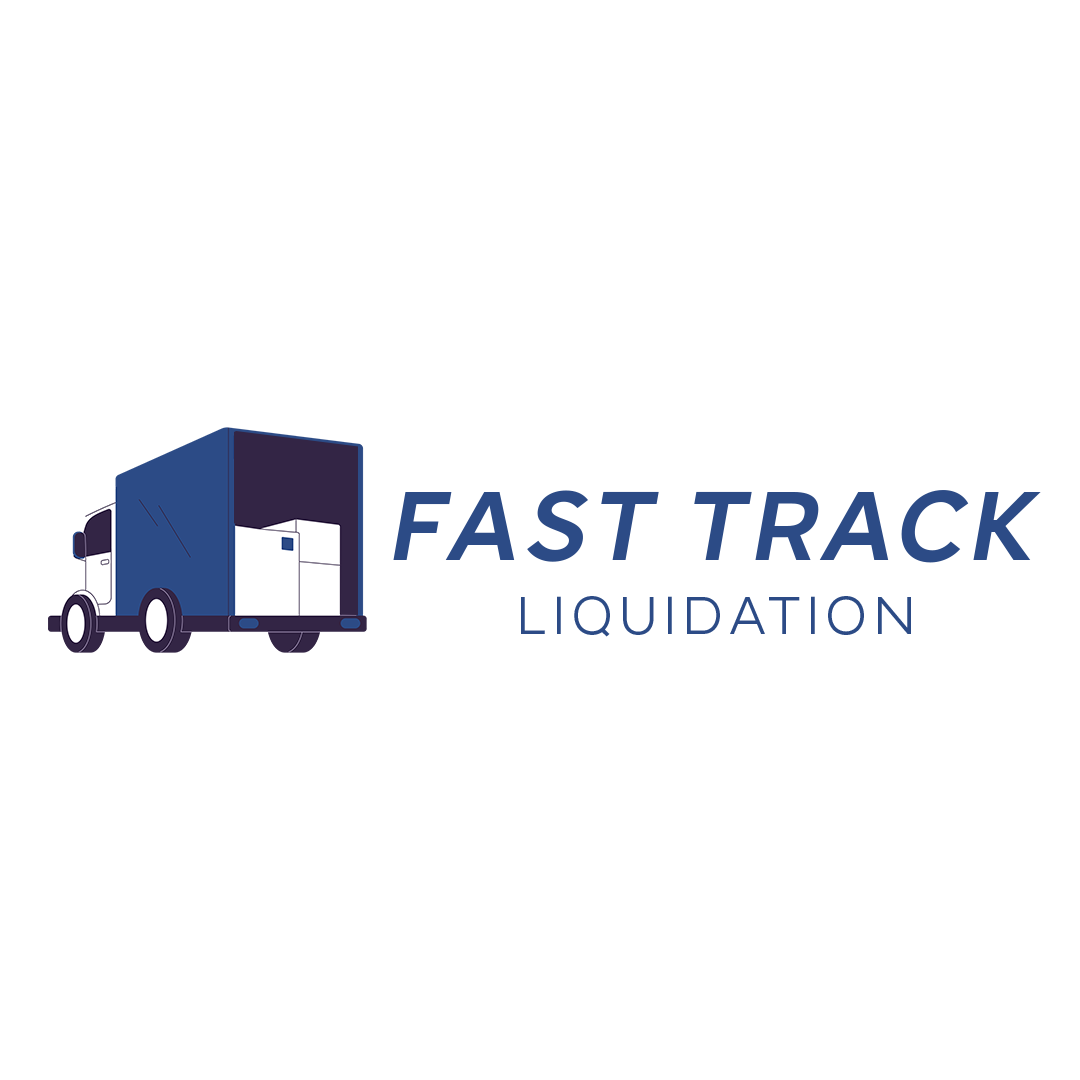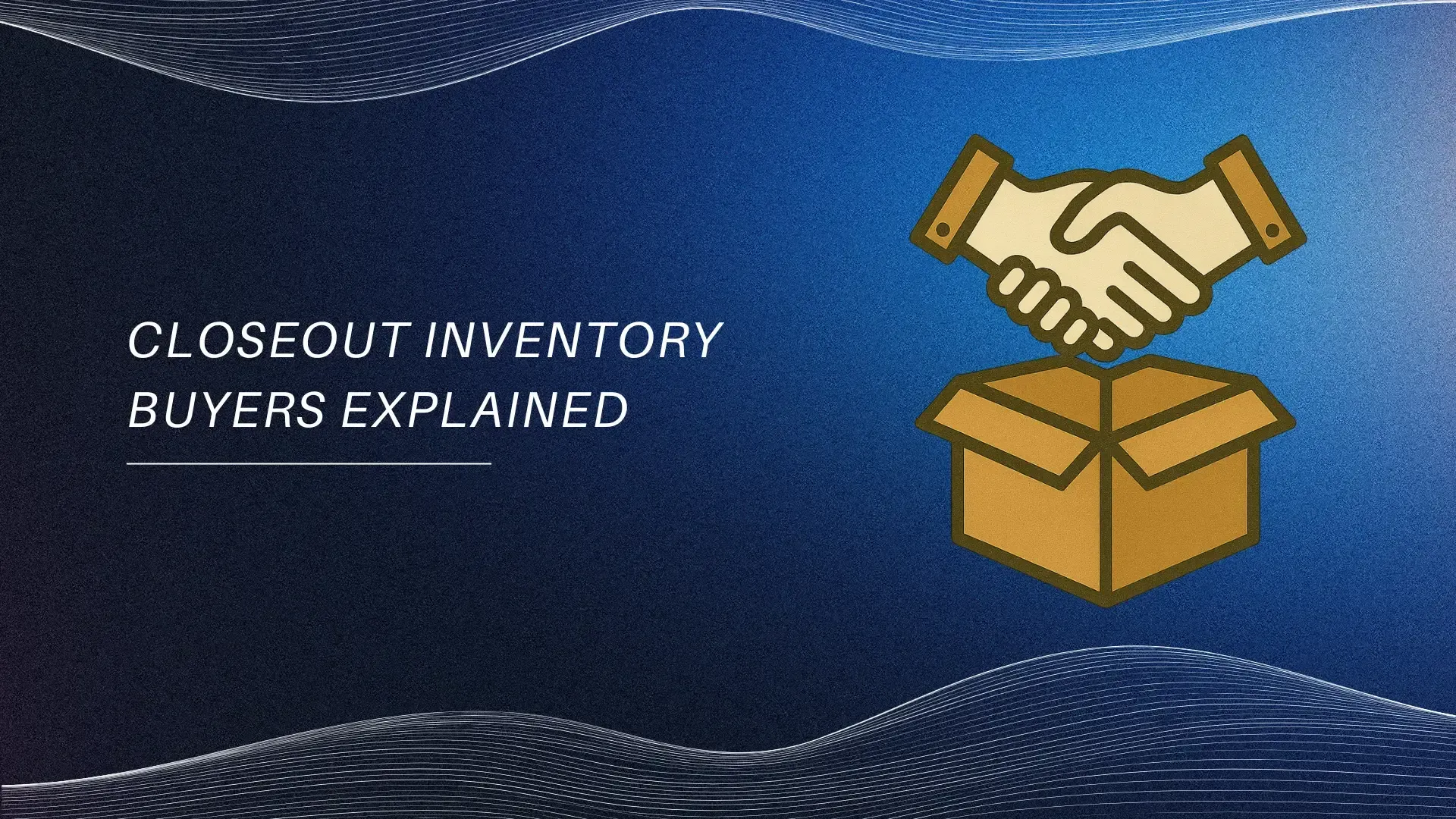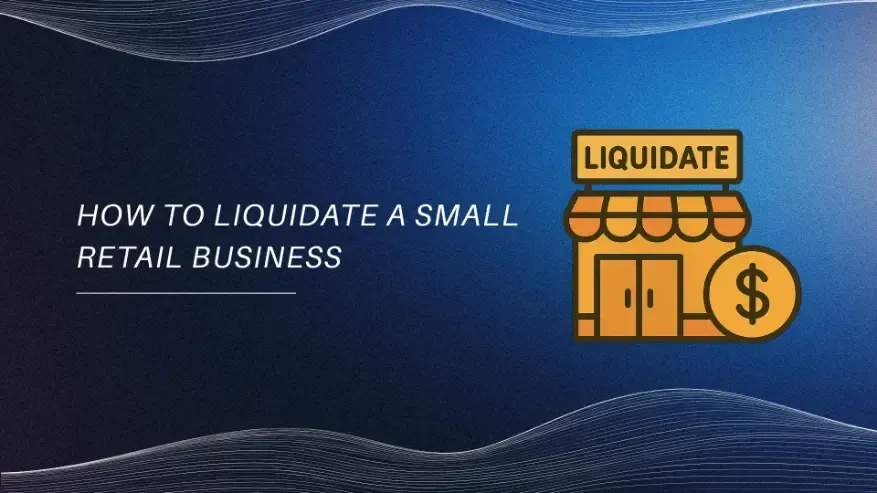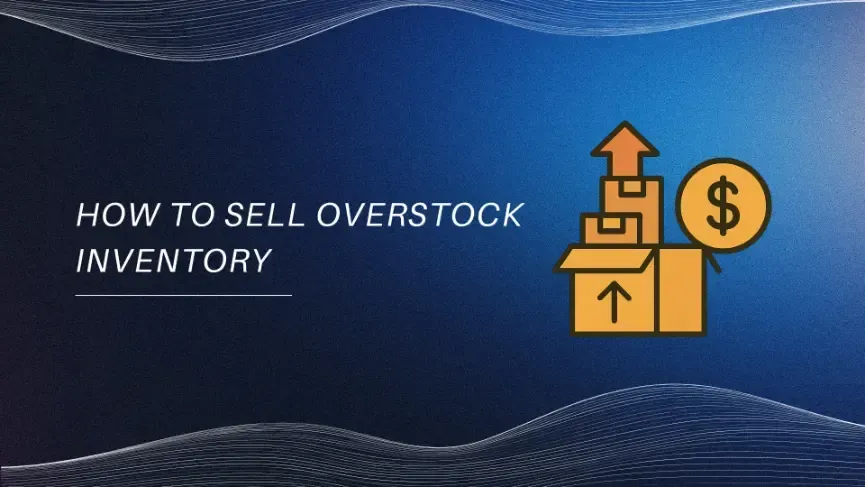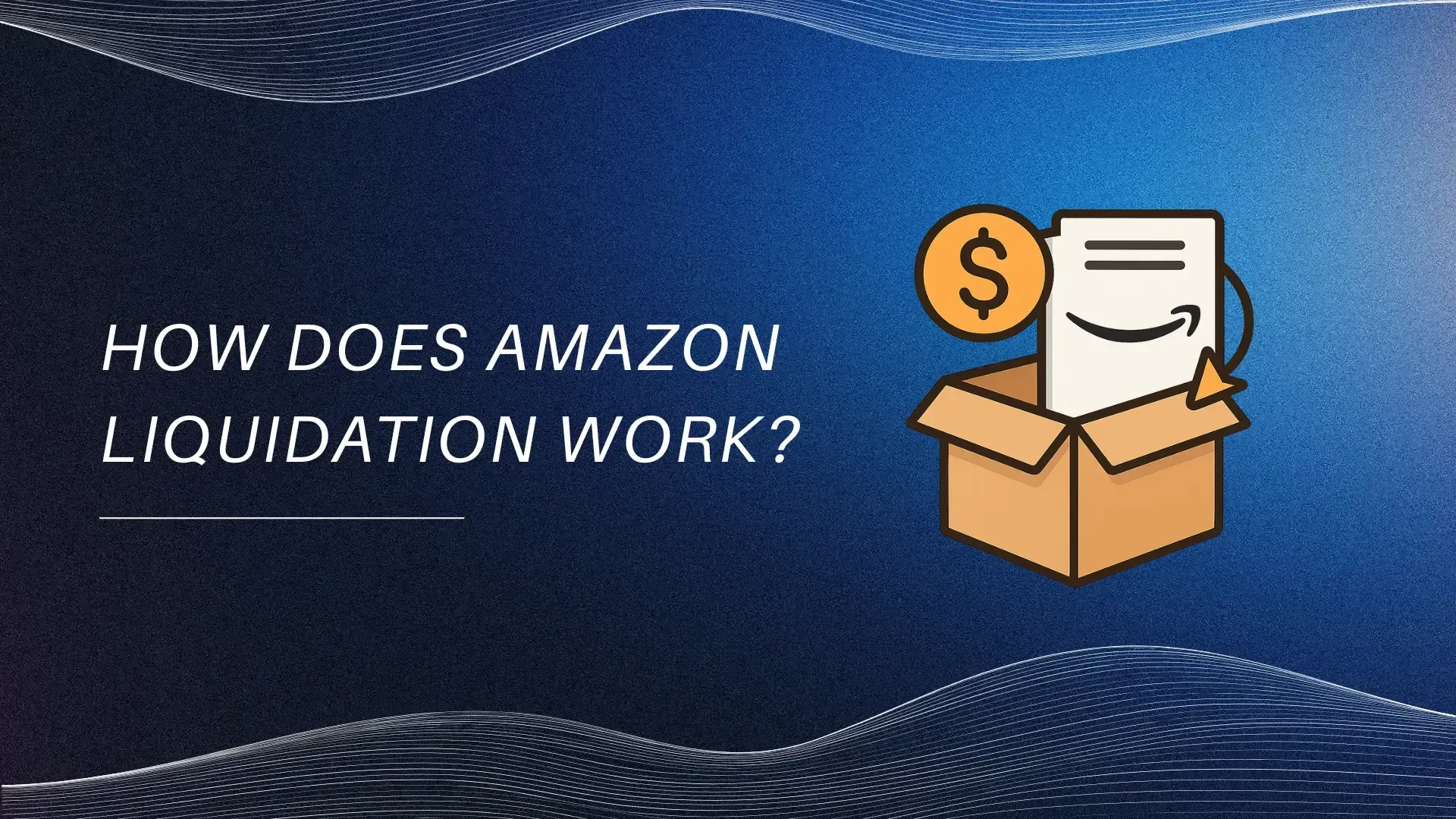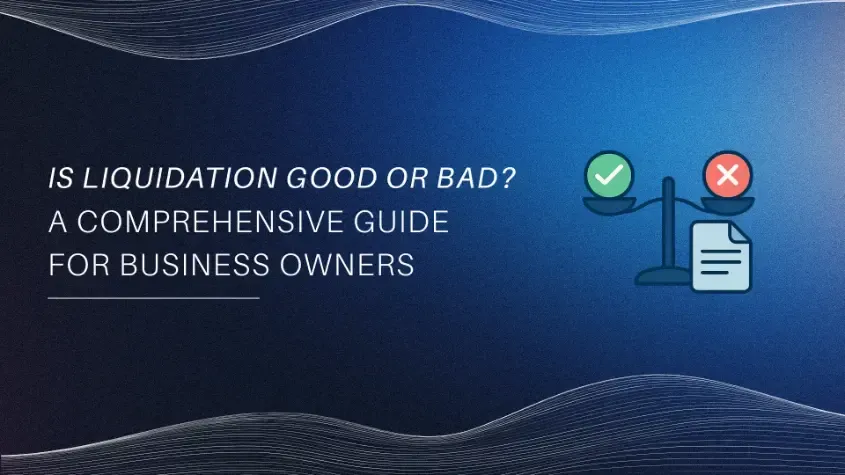What Is Surplus Inventory? Understanding Its Impact on Businesses
August 24, 2025
Surplus inventory is a term most business owners encounter at some point in their journey. It refers to the products or goods that exceed the expected demand or sales forecasts. While it may sound like a minor operational issue, surplus inventory can quietly drain resources, tie up cash flow, and reduce profitability if not managed properly.
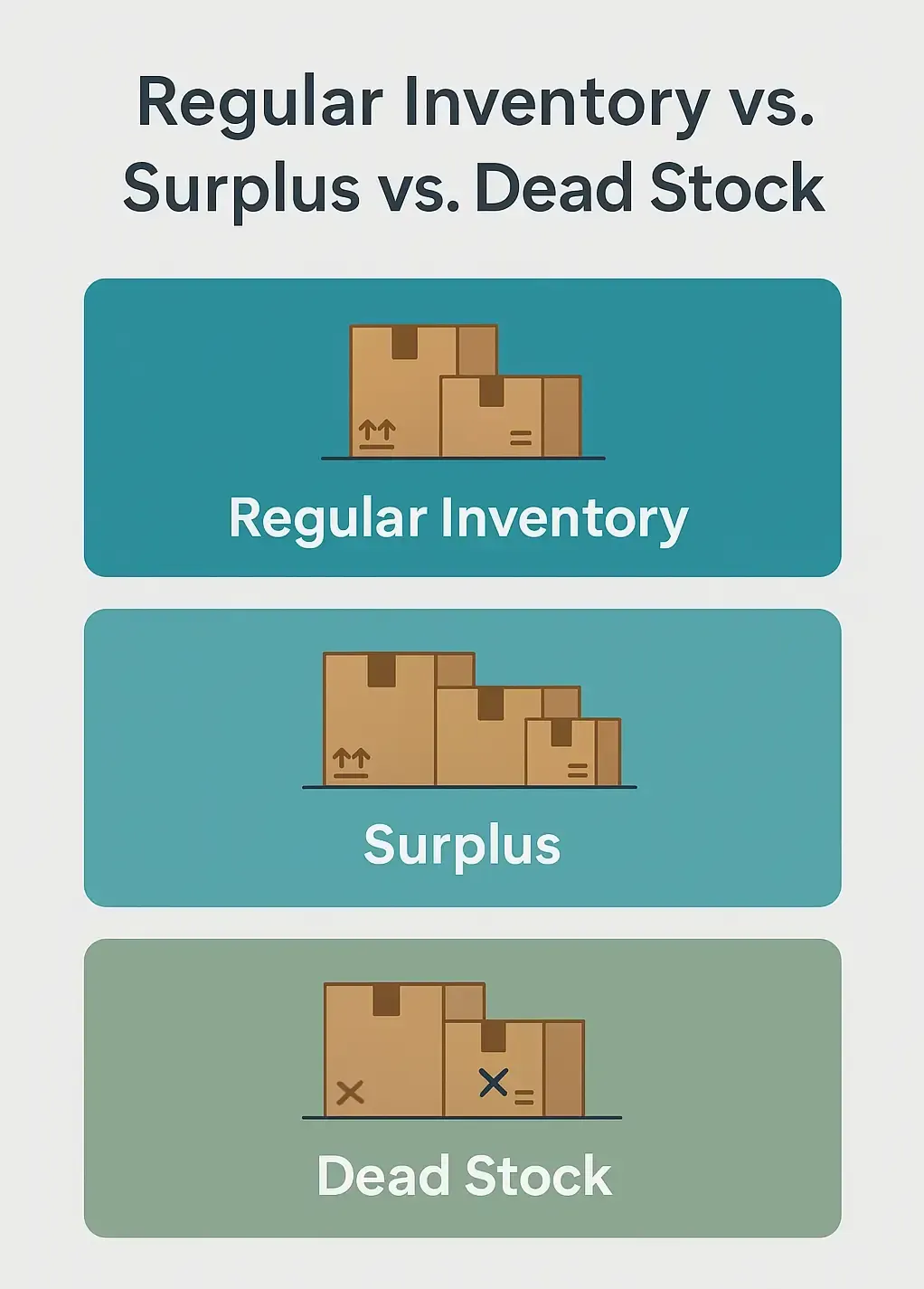
In today’s fast-moving marketplace, where consumer preferences shift rapidly and supply chains face constant disruptions, surplus inventory has become a pressing challenge for small and mid-sized businesses across the United States. Understanding what it is, why it happens, and how to address it is essential for protecting both your bottom line and long-term business health.
Defining Surplus Inventory
At its core, surplus inventory (sometimes called excess inventory or
overstock) is stock that goes beyond what is needed to meet customer demand. It is not always obsolete or unsellable, but it sits in warehouses longer than intended.
Some business owners confuse surplus inventory with dead stock. The difference is simple: surplus inventory can still be sold, often through discounts or secondary channels, while dead stock usually refers to products that have lost value due to expiration, obsolescence, or lack of demand.
By clarifying this distinction, companies can better determine how to handle inventory that is piling up and avoid letting it become a complete loss.
Why Surplus Inventory Builds Up
Surplus inventory rarely happens overnight. It develops gradually, often as a result of multiple factors:
- Over-forecasting demand – Businesses may predict higher sales than what materializes, leading to excess orders.
- Supplier constraints – Vendors often impose minimum order quantities that exceed what businesses actually need.
- Seasonality – Retailers and e-commerce sellers may overstock before holidays or promotional events, only to face unsold goods afterward.
- Returns – Customer returns, especially in fashion and electronics, can add significant unsellable inventory back into stock.
- Changing trends – Rapid shifts in consumer behavior can make certain products less desirable.
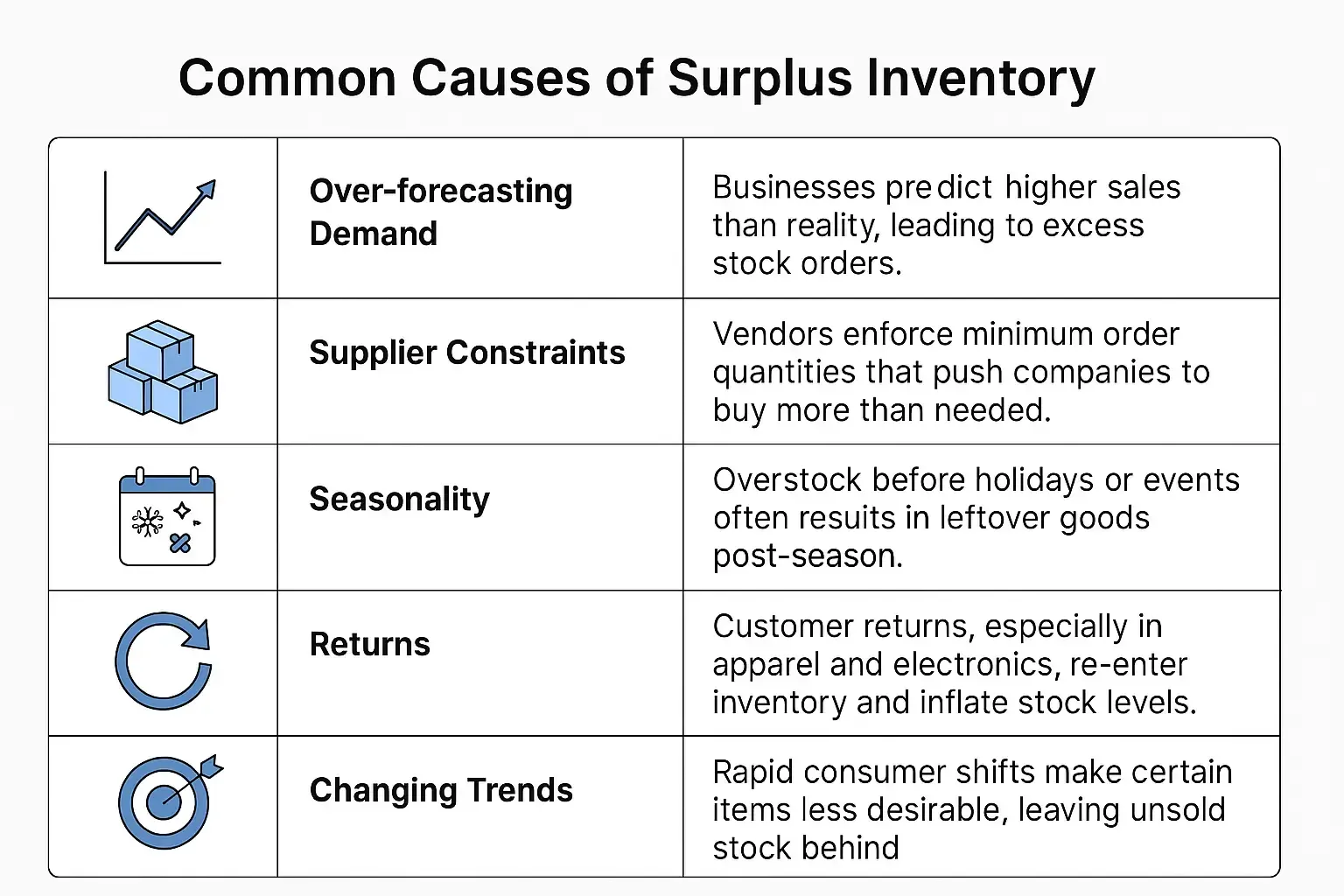
These root causes show that surplus inventory is not always due to poor management. Instead, it is often the outcome of unavoidable uncertainties in business operations.
The Cost of Surplus Inventory
The most pressing concern with surplus inventory is its hidden cost. Carrying excess products is expensive, and those expenses build month after month.
| Component | Description | Typical % Range of Inventory Value |
|---|---|---|
| Capital Costs | The cost of money tied up in unsold stock. This includes interest on loans or the lost opportunity of investing elsewhere. | 6% – 12% |
| Storage Costs | Expenses related to warehousing, rent, utilities, and handling fees. The longer products sit, the higher the storage burden. | 4% – 10% |
| Insurance & Taxes | Insurance premiums for safeguarding goods, plus local/state inventory or property taxes. | 1% – 3% |
| Depreciation & Obsolescence | The loss in product value due to aging, expiration, or market shifts that make items less desirable. | 8% – 12% |
| Shrinkage (Loss/Damage/Theft) | Inventory lost through damage, misplacement, or theft. | 1% – 3% |
Financial Burden
Surplus inventory ties up working capital. Money spent on unsold products could otherwise fund marketing, payroll, or new product development. According to industry studies, the carrying cost of inventory can range between
20% to 30% of total inventory value per year. For small and mid-sized businesses, this percentage can be the difference between steady growth and financial strain.
Storage and Warehousing
Warehouse space in the U.S. has become increasingly costly.
Rising rent rates and limited availability mean that every square foot matters. Surplus inventory eats up valuable space, leaving less room for products that actually move. In many cases, businesses end up renting additional storage, multiplying their costs.
Risk of Depreciation and Obsolescence
The longer products sit unsold, the more their value declines. Electronics lose relevance as new models launch.
Seasonal goods have a narrow sales window. Even non-perishable items can become outdated due to shifts in consumer demand or packaging changes.
Environmental Costs
Excess inventory also has environmental consequences.
A portion of unsold goods eventually ends up in landfills, especially returned items that cannot be resold. Beyond the financial burden, this creates reputational risks for businesses that want to position themselves as sustainable and socially responsible.
How to Identify Surplus Inventory
Recognizing surplus inventory early allows business owners to act before the problem grows. Common indicators include:
- Low turnover rates – Items sitting in storage for months without movement.
- High days sales of inventory (DSI) – A measure of how many days on average it takes to sell stock. Higher numbers often signal trouble.
- Rising storage costs – Unexpected increases in warehousing expenses without matching sales growth.
- Frequent markdowns – Regular discounting of the same items to clear space.
By monitoring these signals, businesses can spot surplus inventory before it spirals into a larger issue.
Strategies to Prevent Surplus Inventory
While no business can eliminate surplus inventory entirely, proactive strategies can keep it under control:
Improve Forecasting Accuracy
Leverage historical sales data, seasonal trends, and customer insights to make better predictions. Modern tools such as demand planning software can help businesses adjust more quickly to real-time sales performance.
Negotiate Flexible Supplier Terms
When possible, work with suppliers to reduce minimum order quantities or establish staggered delivery schedules. This prevents over-ordering and helps align supply with demand.
Streamline Product Assortment
Too many SKUs can dilute demand and increase the likelihood of overstock. By focusing on core products with proven sales history, businesses can avoid spreading resources too thin.
Monitor Returns Closely
Customer returns are a growing source of surplus inventory. Establish stricter return policies or improve product descriptions to reduce avoidable returns. For items that do come back, act quickly to reintegrate them into sellable stock or channel them into liquidation.
Inventory Turnover Ratio
Calculate how efficiently your business is managing its inventory.
What to Do With Surplus Inventory
Once surplus inventory exists, the priority shifts to recovery. Businesses have several options to minimize losses and free up cash. Learn
how to liquidate inventory.
Discount and Promotions
Offering discounts, bundling products, or running clearance sales are traditional methods. While this approach reduces margins, it helps move stock quickly.
Secondary Marketplaces
Listing products on outlet platforms, online marketplaces, or B2B wholesale platforms can reach different audiences without damaging your brand’s main sales channels.
Liquidation Services
Partnering with a liquidation company is one of the fastest ways to turn surplus into cash. Instead of managing discount campaigns or slow secondary sales, businesses can sell
inventory in bulk to a liquidation partner who handles resale or redistribution.
Donation and Write-Offs
In some cases, donating surplus products to charities or non-profits can provide tax benefits and strengthen community goodwill. This is especially effective for businesses that want to align with social responsibility goals.
The Long-Term Benefits of Managing Surplus Inventory
Addressing surplus inventory is not just about clearing space. It has long-lasting benefits for businesses:
- Stronger Cash Flow – Liquidating unused stock frees up capital to reinvest in growth.
- Better Use of Space – Warehouses and storage areas remain available for fast-moving products.
- Improved Agility – Businesses that actively manage surplus can adapt more quickly to shifts in demand.
- Sustainability Reputation – Demonstrating responsible handling of surplus improves brand trust among eco-conscious customers.
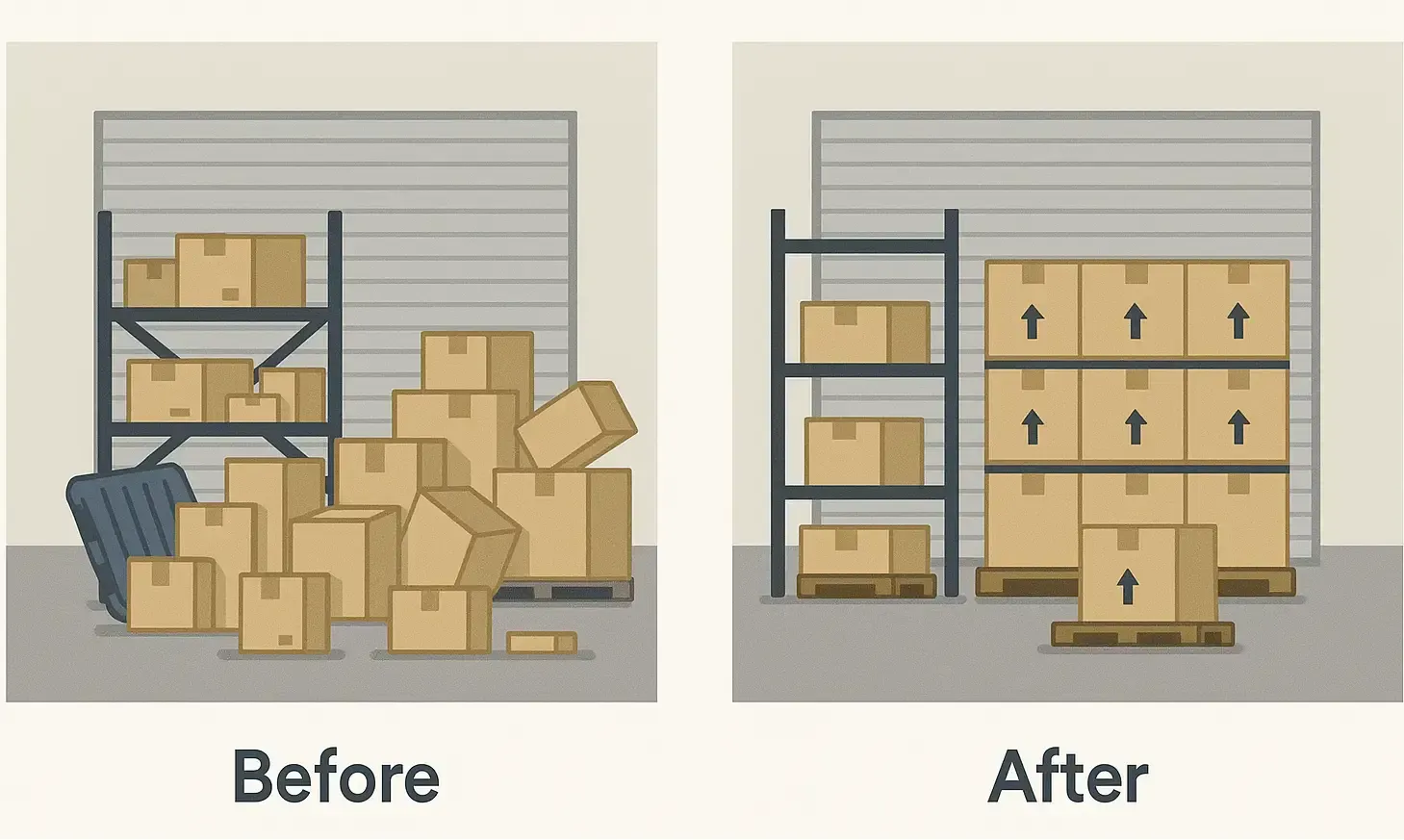
By turning surplus management into a proactive business practice, companies can improve both financial performance and long-term stability.
Turning a Problem into an Opportunity
Surplus inventory is a reality that nearly every business faces, especially in today’s uncertain and competitive market. Left unmanaged, it can drain cash flow, inflate costs, and weaken growth. But with the right strategies—better forecasting, smarter supplier relationships, and effective surplus management—businesses can transform surplus from a liability into an opportunity.
This is where Fast Track Liquidation plays a critical role. As a trusted partner for small and mid-sized businesses, Fast Track Liquidation helps companies turn idle stock into working capital quickly and transparently. By offering fair quotes, efficient processes, and dependable support, they allow business owners to focus on what truly matters—growing their business and staying competitive.
If you are dealing with surplus inventory today, remember that it does not have to be a burden. With the right partner and the right approach, it can be the first step toward stronger financial health and new growth opportunities.
Citations and Resources
At Fast Track Liquidation, our priority is to provide transparent and trustworthy information about our services. We understand that going through business liquidation is a sensitive process, and we are committed to being a reliable resource.
All content on our website is built on a foundation of sound, up-to-date knowledge from legal, financial, and business experts. We leverage information from established regulatory bodies, industry-specific publications, and recognized professional organizations to ensure the accuracy and reliability of our guidance.
Our commitment to factual, evidence-based information ensures you receive the accurate details you need to make informed decisions about your business's future.
Resources Used in This Article
- ShipBob. "Innovative Strategies for Handling and Avoiding Excess Inventory, https://www.shipbob.com/blog/surplus-inventory/"
- NetSuite. "Inventory Carrying Costs: What It Is & How to Calculate It, https://www.netsuite.com/portal/resource/articles/inventory-management/inventory-carrying-costs.shtml"
- Commercial Edge. "Vacancy Stabilization and Slowing Construction to Redefine Industrial Sector in 2025, https://www.commercialedge.com/blog/national-industrial-report-january-2025/"
- The Wall Street Journal. "Trade Questions, Slow Leasing Hold Back Warehouse Dealmaking, https://www.wsj.com/articles/trade-questions-slow-leasing-hold-back-warehouse-dealmaking-e60851ce"
- Optoro. "Think Before You Return That Gift, It Might End Up In A Landfill, https://www.optoro.com/returns-news/think-before-you-return-that-gift-it-might-end-up-in-a-landfill/"

